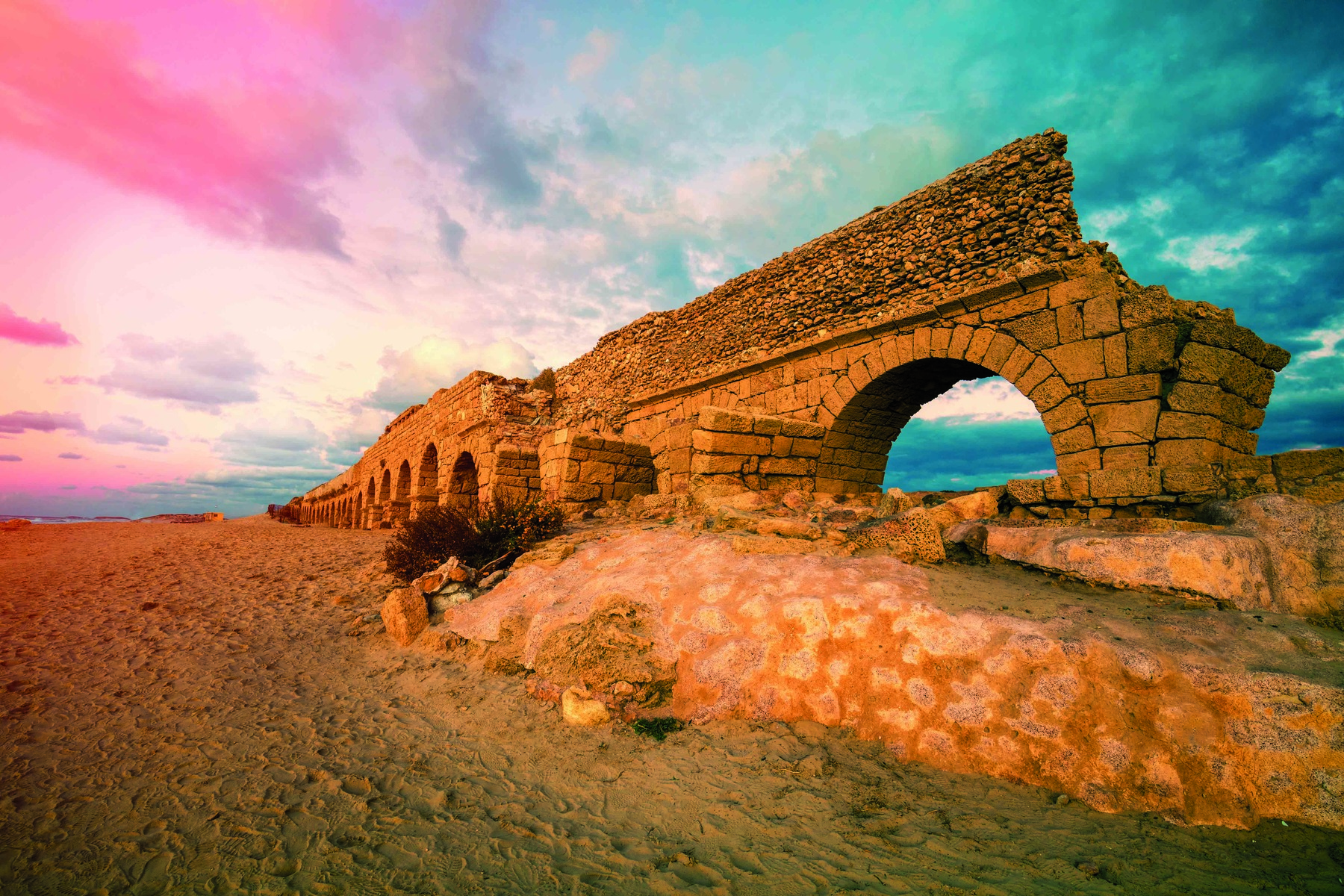
Analysis of hair from 22 mummies found in southern Peru has revealed the earliest known use of San Pedro cactus, a source of mescaline, and the psychoactive plants that make up the drug ayahuasca. The majority of the mummies were unearthed in Cahuachi, a religious center used by the Nazca people starting around 100 B.C. Coca plants and the Banisteriopsis caapi plant, better known as the liana vine, are among the substances detected in the mummies’ hair. The plants are not native to the region and were probably transported across the Andes Mountains. Researchers found that the drugs of choice changed over time. Ayahuasca and mescaline became less favored and coca consumption became more common after the Wari Empire conquered the Nazca around A.D. 750.
This shift may indicate changes in religious rituals surrounding human sacrifice. The find included four trophy heads, including one belonging to a child, who were sacrificial victims, but there is very little evidence of what role psychoactive substances played in the rituals. Bioarchaeologist Dagmara Socha of the University of Warsaw believes the antidepressant effects of the drugs may have been an important reason for their use. “In the case of the children that were sacrificed,” she says, “they were given Banisteriopsis caapi, probably because it was important for them to go happily to the gods.”











